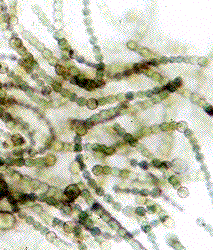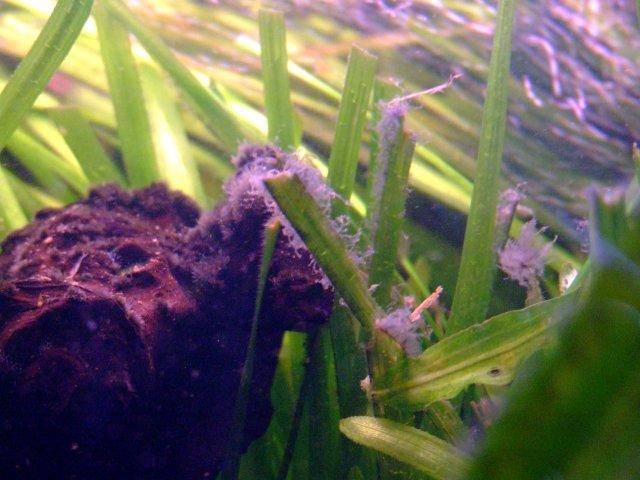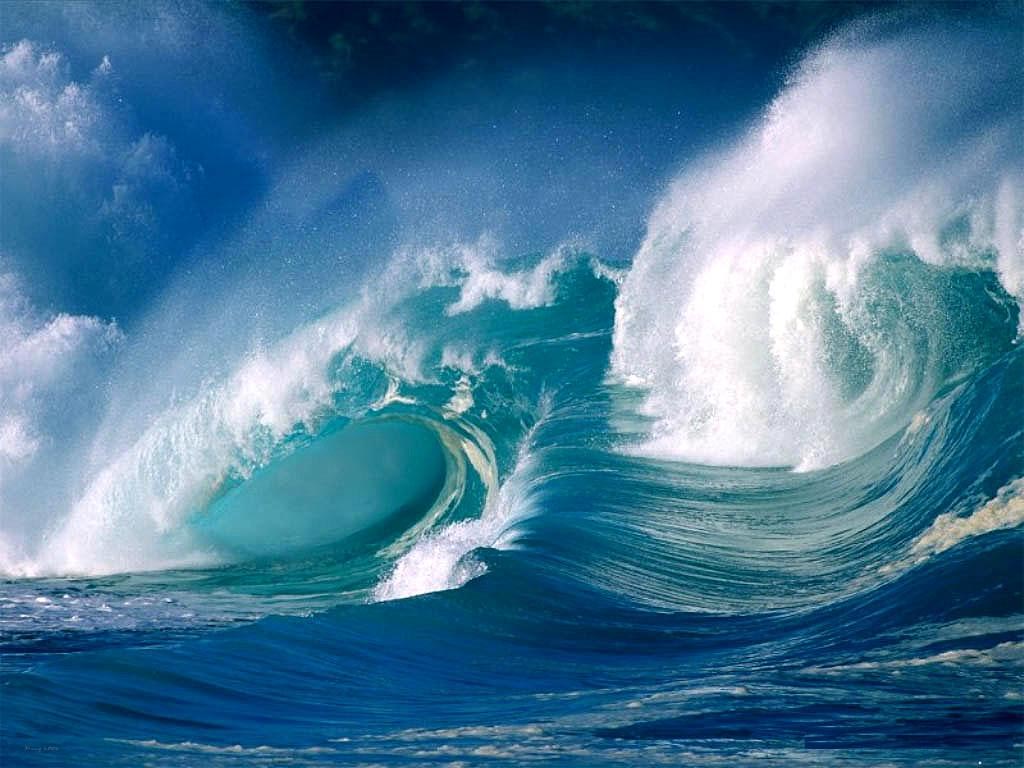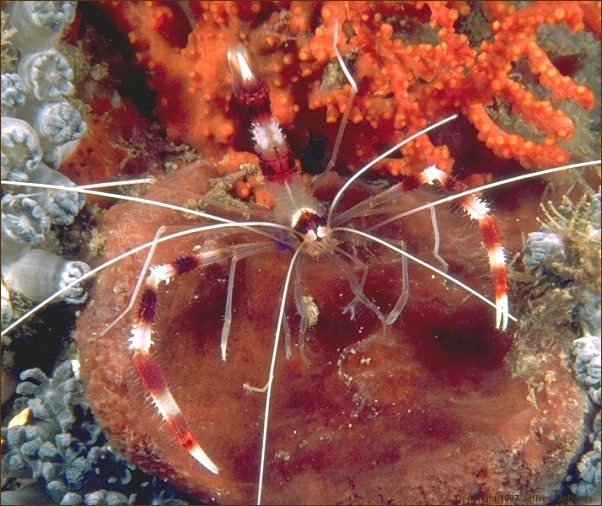
Cyanobacteria, also know as, cyanophyta, is a division of bacteria that obtians the energy needed to survive through photosynthesis. It is also reffered to as blue-green algae even though it's not classified at algae ,but as prokaryotes. Cyanobacteria can be found in almost every conceivable habitat. From salt water, to fresh water, to plain bare rock, to soil.

The aquatic worm, also know as "oligochaetes" are very close to the earthworm, only living in water. They can be found in any fresh water, including lakes, ponds, marshes and streams. They prefer to live in shallow water. They can grow up to 5 centimeters long and about one millimeter wide. This one certian worm has a reddish body, which appears to spilt into segments. Just like any other worm, both the ends are pointed. This worm has a transparent layer of skin, showing its organs inside. Though you might not be able to see them, they're one of the most common animal in the water.

Algae: Algae is a simple plant, seen throught the study of botany. It has bacteria characteristics and some are even concidered Protists. They are still concidered plants. The Protists are concidered more animal like. It is a single celled organism with its plant like features underwater.


















